Own among strangers - 3. Ugly duckling, which the Russians made a falcon
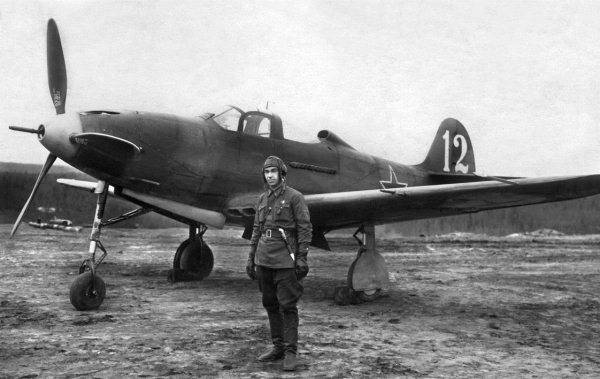
Probably, it is strange to see a photo of the well-known fighter, on which Pokryshkin flew three times Hero of the Soviet Union, under such a heading. But the fact is that "Aerokobra" really came to us for a reason and not out of the goodness of the heart of good Englishmen and Americans. Those just acted on the principle of "give to others (in the sense of Russian), God, that it is not good for yourself." And "Cobra" is no exception.
But since the questions of the Lend-Lease have already been discussed three times and nine times, we will not focus on them. Not everything that went to us was frank trash. For example, cars. Or gasoline. But this is definitely not the case with airplanes, because everything that flew and was delivered to the USSR was just not the best quality.
"Mustangs" and "Spitfires" our allies preferred to exploit themselves. True, in the 1943 year, the English from the master's shoulder sent us "Spitfires", but as if it was already late. Sami handled. And the Thunderbolts calmly stood on the airfields of Moscow’s air defense.
But back to the Aircobre.
History The origin is simple, like all American things related to history. Once upon a time there was a large corporation, Consolidated. To the story aviation this company entered as a designer and manufacturer of the Catalina flying boat and the B-24 bomber.
But in 1935, Vice President Lawrence (Larry) Bell established Bell. The reason was simple: not all employees agreed to move from Buffalo to San Diego, in accordance with the decision taken by the company's management. Together with Bell remained, including his technical assistant Whitman and Chief Engineer Woods. Which became co-founders of Bella.
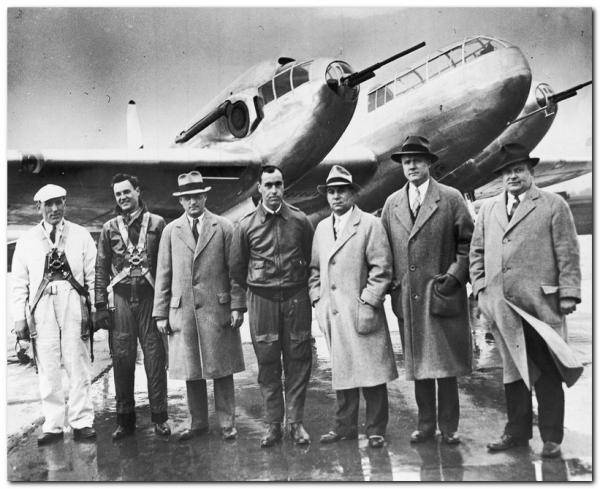
The new company managed to maintain normal relations with Consolidated, and survived thanks to orders from former employers. At first, Bell was engaged in the production of components for Catalina, but over time it swung at more significant projects.
The first project embodied in the metal, became the "Aerokud". A twin-engine fighter with quite heavy weapons (2 x 37-mm guns 2 x 12,7-mm machine guns 2 x 7,62-mm machine guns). But the technical characteristics, as well as a bunch of mechanical problems led to the abandonment of the serial construction of the aircraft. A total of 13 machines of the experimental batch were produced.
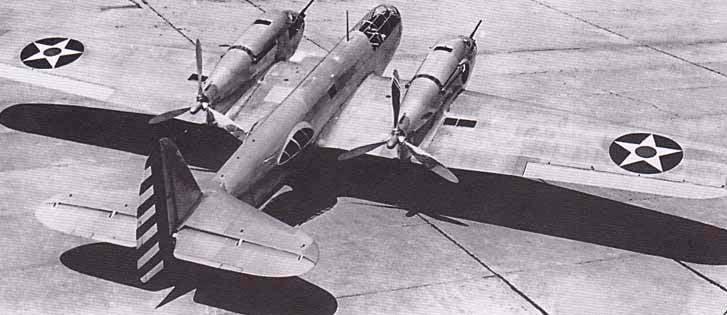
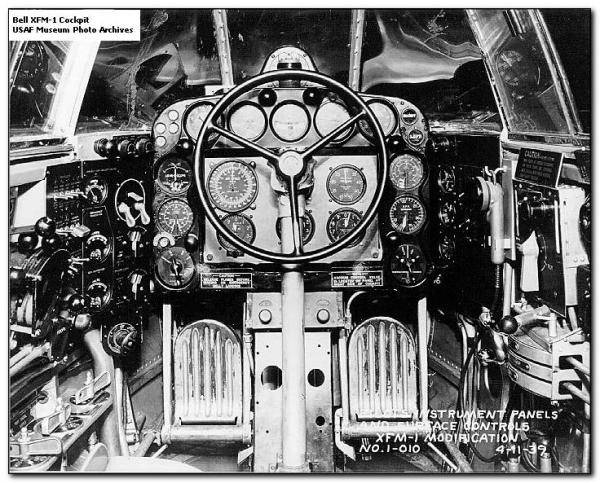
Cab "Aerokudy". Funny, but spacious. Much of it will move to the Cobra.
But Bell comrades were not discouraged, and while the Aerokudy was being tested, the firm was working hard on the new aircraft. And in 1937, work began, and in 1939, for the first time, the XP-39, the prototype of the Aero Cobra, took off.
The prototype behaved decently, the test batch was ordered in 13 machines, and the US Navy went even further, and ordered for itself a batch of such aircraft, only the usual layout in terms of the chassis and with the landing hook for landing on the deck of an aircraft carrier. So could appear "Airborne."
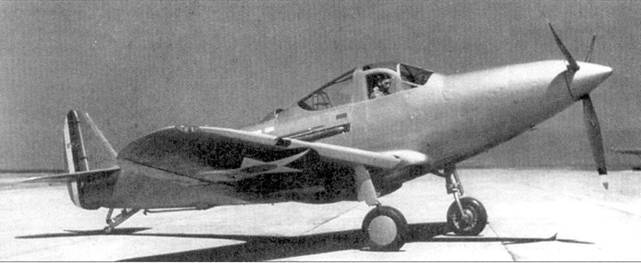
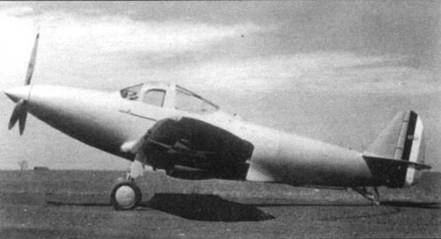
But the tests and the ongoing endless problems with the motor and the strength of the chassis put an end to Aerobonite. And after Pearl Harbor naval it was not at all up to her. "Aerobonite" did not take off.
“Air Cobra”, oddly enough, was alive and well. After the first series in 80 machines, the US Air Force ordered another 923. In addition, the British Bell managed to unleash 475 machines, and another 200 machines ordered but not received by France, after the surrender, the British also decided to take, and the Cobra’s 74 was ordered by the Australian Air Force.
The English "Air Cobra" as they say, "did not enter." Simply put, the Americans simply deceived their British allies. The Cobra was eased by almost a ton, removing almost all the additional equipment for this, manually polished all the surfaces, and here, make sure the excellent plane!
Yes, the fighter facilitated in such a cruel manner accelerated to 650 km / h and had a flight range to 1600 km. What can I say, where are the Americans, and where is honesty when it comes to profit? It is clear that the serial copies of the P-39, which arrived in England, became a cold shower on the heads of the English pilots.
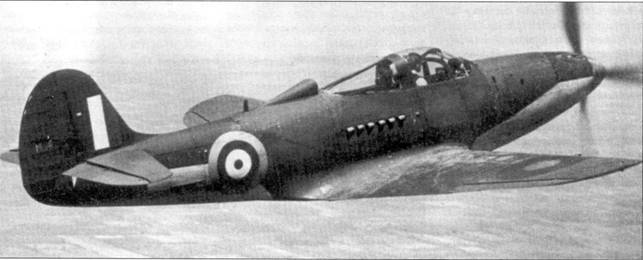
In August 1941, the first 11 fighters were delivered to England. And in November of the same year, the Air Cobras were removed from service and the order for the remaining 200 machines was canceled.
The main reasons for such a drastic step were the following claims:
1. The maximum speed turned out to be at least 50 km / h less than that of the prototype.
2. The takeoff takeoff reached almost 700 m, which did not allow the use of the Cobra on most airfields in Britain.
3. When firing into the cabin got a large amount of powder gases.
4. The first shot of the 37-mm gun was firmly wedged by the gyrocompass. By the way, this is the most serious drawback, according to the British.
In Australia, things went no better. Complaints and reclamations flowed, and immediately after the end of the war, the Australian Air Force hurried to return all aircraft back to the United States.
The Bell company was really on the verge of collapse.
Strangely enough, the British saved it. It is clear that not from a good life. But the Allies found a masterpiece way out of the situation, proposing the Aero Cobra along with the Hurricane-type avia-waste to the Soviet Union. At that time, our place was simply nowhere to go, which is why Aero Cobra went to the USSR.
They were delivered from three directions. From Britain by sea to the ports of Murmansk and Arkhangelsk, from Iran "under its own power" to Azerbaijan, and there was also a completely crazy route from the USA, through Alaska, to the airfields of the Far East, and from there by rail. The so-called ALSIB.
In total, 4 952 machines of all modifications were supplied to the USSR. This is in fact, drowned with ships of the northern convoys or broken along the road are not counted.
And here began the oddities. Soviet pilots "Air Cobra", from which, by that time, all the pilots of the "normal" countries dashed, suddenly came to the court. Moreover, there are figures that only one Pokryshkin regiment on the Cobras shot down more enemy planes than all British, American and Australian pilots. And they shot down about 300 pieces.
However, taught by the bitter experience of the Kiitihauks, Tomahawks and Hurricanes, the Soviet command was in no hurry to throw the Cobras into battle. For a start, the plane was carefully studied by experienced pilots under the guidance of A. A. Gromov. And this study was not given without blood. During the tests of the Cobra, test pilots of the Scientific Research Institute of the Air Force A. K. Gruzdev, K. A. Avtonomov and K. I. Ovchinnikov died.
The list of claims against Bell was somewhat different from the British.
1. Corkscrew and flat corkscrew. “Cobra” very willingly “corkscrew” because of the slightest decentering, fell into a flat corkscrew, from which it was difficult to withdraw.
2. Insufficient strength of the tail section. Twisting of the rear part of the fuselage at the radio access site during sharp air evolution and deformation of the skin in the lower end part of the fuselage were detected. A case was described and documented (1944 year, 273 th IAD), when in the air one of the halves of the stabilizer was bent in the inner side.
3. When the pilot left the car, the plane often crippled the pilot with a tail stabilizer.
4. The engine produced the stated lifespan (250 h) by no more than 60%.
And so good plane, is not it?
Compare the claims of the British and Soviet experts. Carefully. The British pilots carried out 4 (four) combat sorties on four Cobras, dashed off the claim and unanimously rejected the aircraft. Clearly, this is Europe ... Where are we to the British. They also had a Spitfire.
And ours - flew. And they didn’t just fly, but fought.
What is behind the words "sharp evolution of the aircraft in the air"? Yes, damn it, Karl and all the others, this is an AIR BATTLE! Often with superior enemy forces.
That's the whole difference. The British flew, they realized that the plane was still ... and they refused it. And we started what? That's right, everything is in Russian: “handle with a hammer and a file”. For this served the special aviation regiments.
The 22-th reserve air regiment was a sort of transit point for all imported aircraft coming from the north. There they were collected, flown around, re-trained pilots on them. The regiment was originally based in the Moscow region, and at the end of the year 1941 was transferred to Ivanovo.
An analogue of 22 ZAP in the south was the 25-ZAP, which received fighters that entered the USSR under a lend-lease by the southern route through Iran.
I was lucky to have a few conversations with the mechanic-mechanic 153 IAP, my fellow countryman Nikolay I. Chashechkin. A graduate of the Voronezh Aviation Technical School, in 1942, he was drafted into the army and, by fate, got into the 153 IAP, in which he served until the 1943 year, when he was seriously contused with a bomb explosion. After that, he continued to serve in 22-ZAP.
This is what Nikolai Ivanovich told about Cobras.
“They struggled with a corkscrew as best they could, though they didn’t manage to defeat him. We (in 153 IAPs) used this method: they took a canister, cut it in half. It turned out two forms. Sand was mixed with armory with grease, this mixture was coated on the inside and then molten lead was poured. It turned out two lead bricks weighing 15 kilograms each. These bricks were placed in the nose of the aircraft, under machine guns, there was enough space. On the "Cobra" in general there was enough space everywhere.
Next is the most interesting. Bricks tacked on the bolts. Then the pilot without ammunition made a test flight. Then he said, like, ok or not. If it is normal, we drilled the holes in the case and screwed it tightly. If you didn’t like it, you moved the loads. So what, what holes? Holes brewed later, business something.
Then the ammunition was loaded, the trimmers rolled back, and the pilot took off again. Well, already in flight, he himself watched what and how. God knows that, but these bricks helped — better than nothing. It's just that if you shoot the whole BC on the Cobra, it was very poorly controlled.
Wing machine guns immediately removed. There was no sense in English, only extra weight. So we all fought with a gun and two large-caliber. And from large-caliber we then did anti-aircraft guns. Rama boiled and set in pairs. Shoot down with a raid, maybe you can not knock off, but you can scare. And there were cases that techies shot down. The car became easier. Easier - this is a maneuver, it can stay longer in the air.
American grease was immediately removed. Not for our frosts. Cannon, machine guns, gearbox, chassis - all washed white and put ours.
Butter ... Yes, "Allison" was very demanding to butter. Slightly late with the change - immediately began to drive chips. Constant monitoring was needed. And we, by the way, were accustomed to culture by an American. On our how? The car drove, even scoop bucket yes fill. Here it did not pass. Learned from experience. They produced the canvas as best they could, first run through it, and into a clean container, and then pour it into the engine. This is already in the 44 year, the special vehicles went, with filters and sleeves.
We still had a secret. You say that the plane did not go for the British. The Englishman is a gentleman, fought according to the rules. And what are our rules? “And now we need one victory, one for all, we will not stand up for the price!” That's all the rules.
Not nursed "Allison" put the resource? And how could he go when we didn’t have to fly for a walk, but to fight and beat the enemy? We, when we realized where that was in the motor, were the limiters of that ... Of course, if not more than giving 2200 turns, then maybe it would give out all 200 hours. Who would only give him the opportunity. 2500, dear, 2500. Yes, gasoline was almost always American, high octane. The butter is good, but also clean and heated. Filters washed, cleaned. But if in a fight, so much so that on a par with the “fokami” and “masses”, - be kind, 2500 revolutions. Yes, Fast and the Furious, not according to the instructions, but when the flyer is needed. Well, they threw all the excess from the plane. Up to half a ton it was possible to do without harm.
It is clear that the 80-90 hours - and the motor in the scrap. And what are we? We muzzles brooms and to zampotekhu. Write off, say, the motor is unfit. Some kind of bad caught. Write a memo. If anyone wants, let him examine. And the limiters, of course, how to stand. With the same factory fillings. We had to fight, but not to develop the service life, and so. And the pilot had to take everything from the car in battle in order to thrust the enemy into the ground. And the rest - little things.
I already served in 22 ZAP, after the hospital, so the Americans often came. Polite, meticulous. They really tried to understand why such problems with the aircraft. But as with a corkscrew, nothing clever was invented, and with motors too. But one thing could not be - who will believe that what is wrong in the other?
Behind the tails had to watch carefully. Constantly. Just where the curvature went - stop, on the bulkhead. Weak tails were. Very weak. We could do something. Krepili. The pilots flew. The enemy was beaten.
"Cobra" for a convenient aircraft technician. Everything can be approached without problems. While I am picking with the engine in the middle, gunsmiths cannon with machine guns in the nose are charged. And the device man, if necessary, sees in the cockpit, the reload knobs can help. Conveniently. It was more difficult to fly. But better than others. "Pterodactyl" ("Hurricane") - this was the mortal for all the longing. And "Cobra" - nothing, a good plane. Convenient. Strong. It was just that we had to teach him how to fly and fight. I think they taught. "
What can I say to all this? Never mind. The Cobra was an interesting machine. The fact that the British and Americans "could not" her, says that the plane was "raw." And so he would have remained on the list of losers, if he had not got to us. Yes, and he came to us not from a good life.
But the reality is that it is in our sky that the Air Cobra has turned from an ugly duckling into a falcon. But this is because, solely because the Soviet pilots were at the helm, and our mechanics were preparing to fly.
In any other country, the fate of this aircraft would be different.
Thanks to the Soviet pilots:
153 IAP - 28 Guards Leningrad IAP;
185 Red Banner IAP;
30 Guards Baranovyy Krasnoznamenny IAP;
145 IAP - 19 Guards IAP;
298 IAP - 104 Guards IAP;
45 IAP - 100 Guards IAP;
16 Guards IAP;
494 IAP.
Any aircraft (especially good) in the right hands is a formidable weapon. Ours were able to fight even on overt air junk like "Hurricane." And they fought. “Cobra” was not the best plane of that war, but, “Russified”, played its role (significant) in the defeat of the “Luftwaffe”.
Differences from domestic fighters were both for better and for worse. More powerful weapons, good durability, great radio equipment. Yes, Soviet fighters were superior to the Cobra in a vertical maneuver; they were not frightened by heavy overloads and abrupt maneuvers.
But our pilots loved and appreciated their “cobras”. For comfort and good protection. For powerful weapons. The Aero Cobra pilots did not burn, the aircraft was metal, and the tanks were located far in the wing, they were not hit in the face with a jet of steam or oil, the engine was located behind, the Cobra was unrealistic to squander.
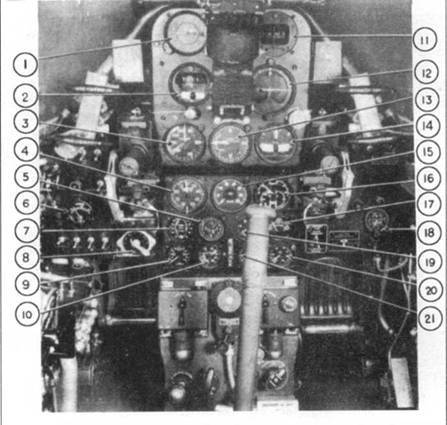
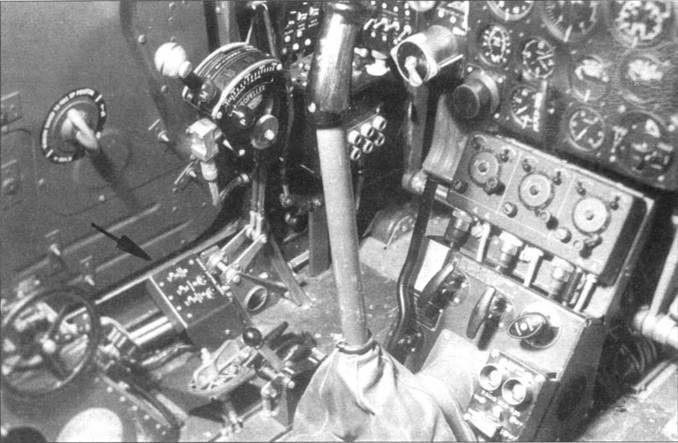
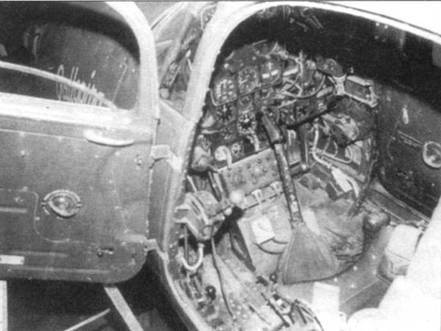
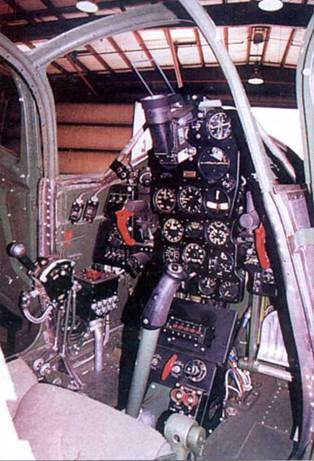
There was even some kind of mysticism in that the pilot who tried to preserve a damaged Cobra by a forced landing almost always remained not only alive, but also unharmed, but those who left it with a parachute often died from the impact of a stabilizer located at the door level.
Peculiar plane. But the ugly duckling became a Soviet falcon. He just had no other way.
"We flew like ducks from the muddy fields ..."
Soared. It is ridiculous after all this to read the claims of the British. Yes, it was our grandfathers who took off from the muddy fields, because it was necessary.
Heavy car? Long run? Make it easier. Gases from weapons pass through the leather curtain with a zipper-zip into the cabin? You can lower the glass on the door or open the window. Can the recoil wedge gyrocompass? We will manage magnetic.
"Who said that the car can not
And he doesn't want to work for us ?! ”
The Americans and the British could not. Just, probably, because the best pilots and technicians were ours. It's simple.
Information sources:
War in the air. 2001. No. 91 // Periodical popular science publication for members of military history clubs / Compiled editor S. V. Ivanov.
Romanenko V. Aerobinks enter the battle.
Ivanov S.V. P-39 Airacobra. Modifications and design details.
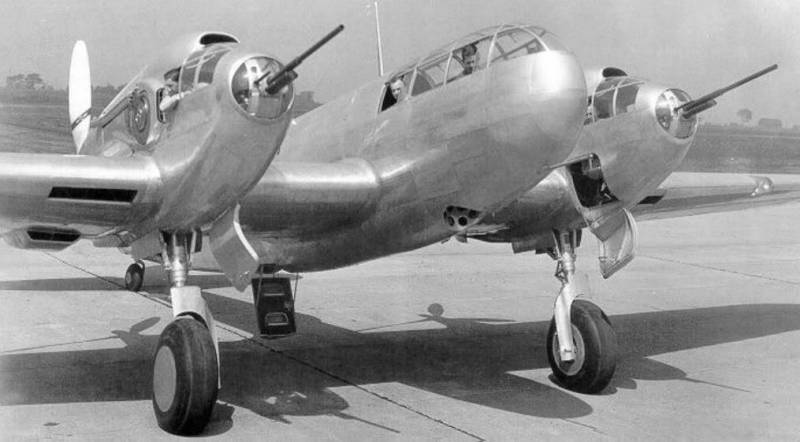
Information